
Storm season in Tulsa is no joke. Between hail, high winds, and heavy rain, your roof takes a serious beating year after year. While a solid roof is your home’s first line of defense, even the best materials can suffer damage from Oklahoma’s severe weather patterns.
At Capstone Roofing, we’ve helped hundreds of Tulsa homeowners recover after storm season. As a trusted Tulsa roofing contractor, we know what to look for and how to fix storm-related issues before they lead to bigger, costlier problems. Here are the most common roofing issues we see—and what to do about them before they turn into bigger problems.
1. Hail Damage
What It Looks Like: Dents, bruising, or granule loss on shingles. Sometimes it’s visible from the ground, other times you’ll need a roof inspection to spot it.
Why It Matters: Hail damage weakens your shingles and can lead to leaks or structural problems over time. Even small hail can cause significant wear.
What to Do: Schedule a professional inspection to assess damage and start a claim with your insurance provider if needed.
2. Lifted or Missing Shingles
What It Looks Like: Sections of shingles blown off or curling up along the edges.
Why It Matters: Missing shingles expose the underlayment or decking to moisture, increasing the risk of water intrusion and rot.
What to Do: Prompt repair is key. Left unattended, it can result in widespread roof leaks and higher repair bills down the line.
3. Roof Leaks and Water Stains
What It Looks Like: Water spots on your ceilings or walls, musty smells, or dripping during storms.
Why It Matters: Leaks can damage insulation, drywall, and even electrical systems. Water damage also promotes mold growth if not treated quickly.
What to Do: Call a roofing professional to locate the source and make repairs before more damage occurs.
4. Clogged or Damaged Gutters
What It Looks Like: Overflowing water, sagging gutters, or visible debris buildup.
Why It Matters: Poor drainage can back water up onto your roof, contributing to leaks, ice dams, or foundation issues.
What to Do: Clean your gutters regularly and check for any dents or loosened sections after storms.
5. Flashing Failures
What It Looks Like: Cracked, loose, or rusted flashing around chimneys, skylights, or vents.
Why It Matters: Flashing is designed to seal joints and edges. If it fails, water can easily seep underneath your shingles and cause interior damage.
What to Do: Inspect flashing areas closely after a storm and reseal or replace as needed.
6. Ponding Water or Poor Drainage
What It Looks Like: Standing water on flat or low-slope roofs after rainfall.
Why It Matters: Standing water adds weight and weakens roofing materials, especially over time. It often points to drainage issues.
What to Do: Address the slope of the roof or clear debris blocking drainage systems.
How to Protect Your Roof After a Tulsa Storm
The best thing you can do after storm season is act fast. Here are a few key steps:
- Schedule a free roof inspection to assess hidden or minor damage
- Document any damage for insurance purposes
- Don’t delay repairs—even small issues can snowball
At Capstone Roofing, we offer fast, reliable storm damage inspections and repairs across Tulsa and surrounding areas. We’ll help you understand your options, work with your insurance, and restore your roof to peak condition.
Storm Season Just Hit? We’ve Got You Covered.
Reach out to Capstone Roofing for a free inspection or emergency repair service. We’re local, experienced, and committed to protecting what matters most—your home.
Call us today or book your storm damage inspection online.

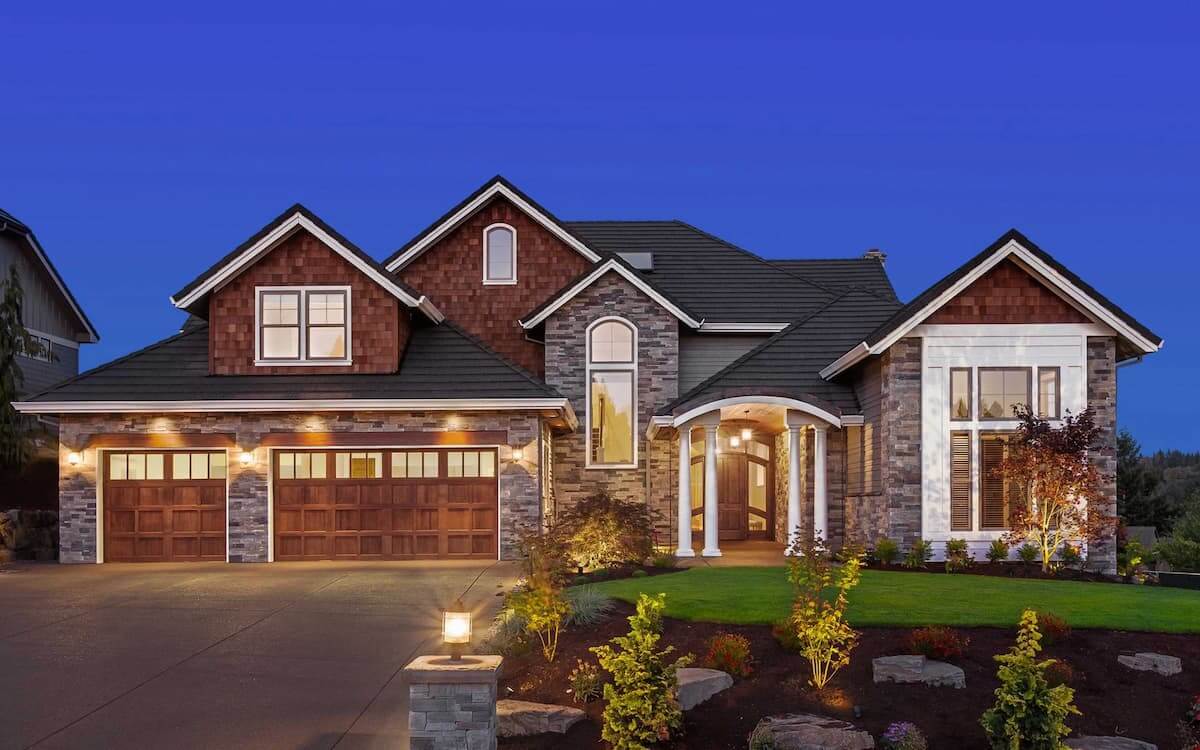
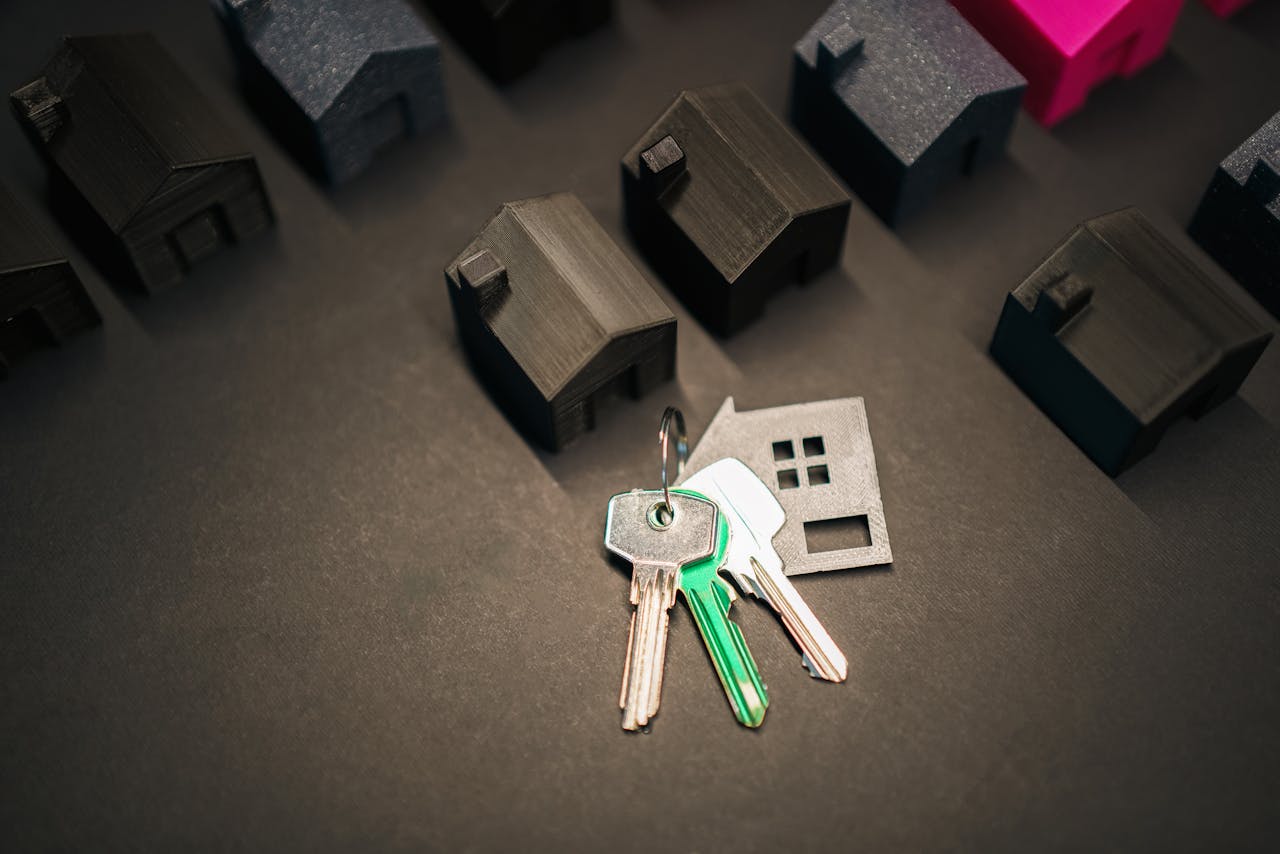

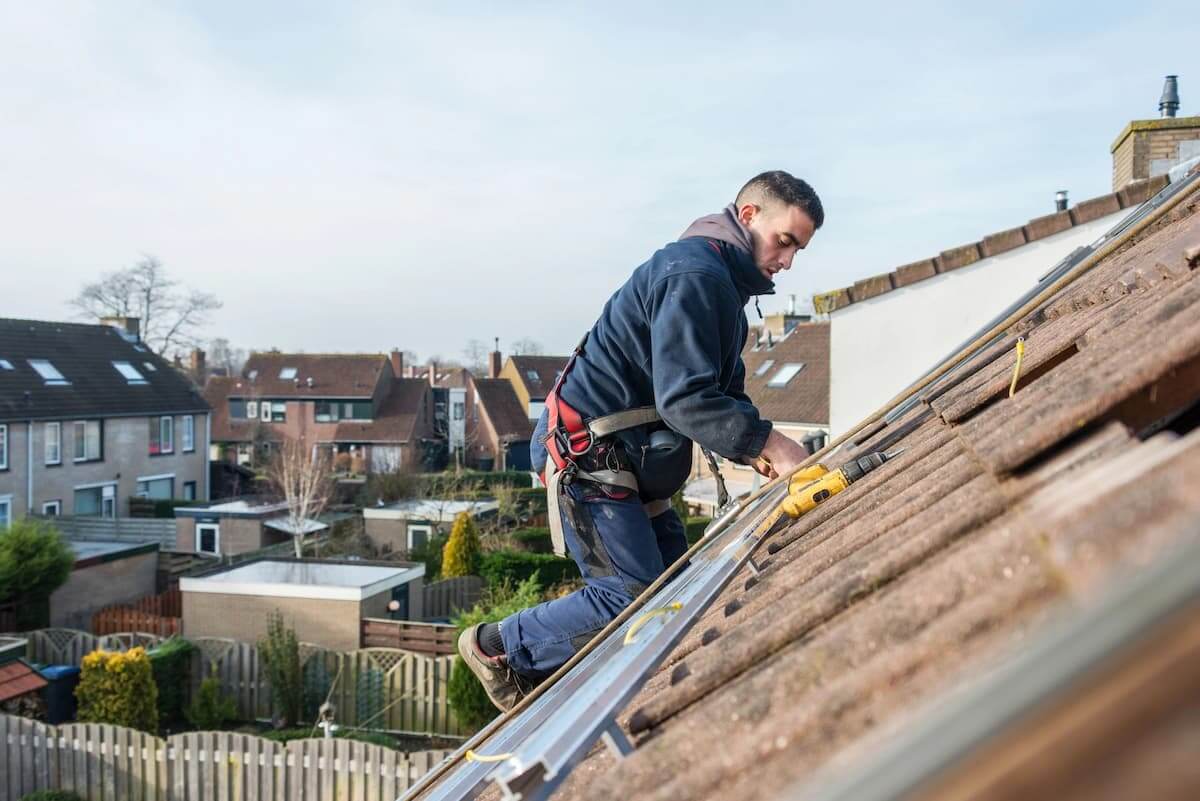
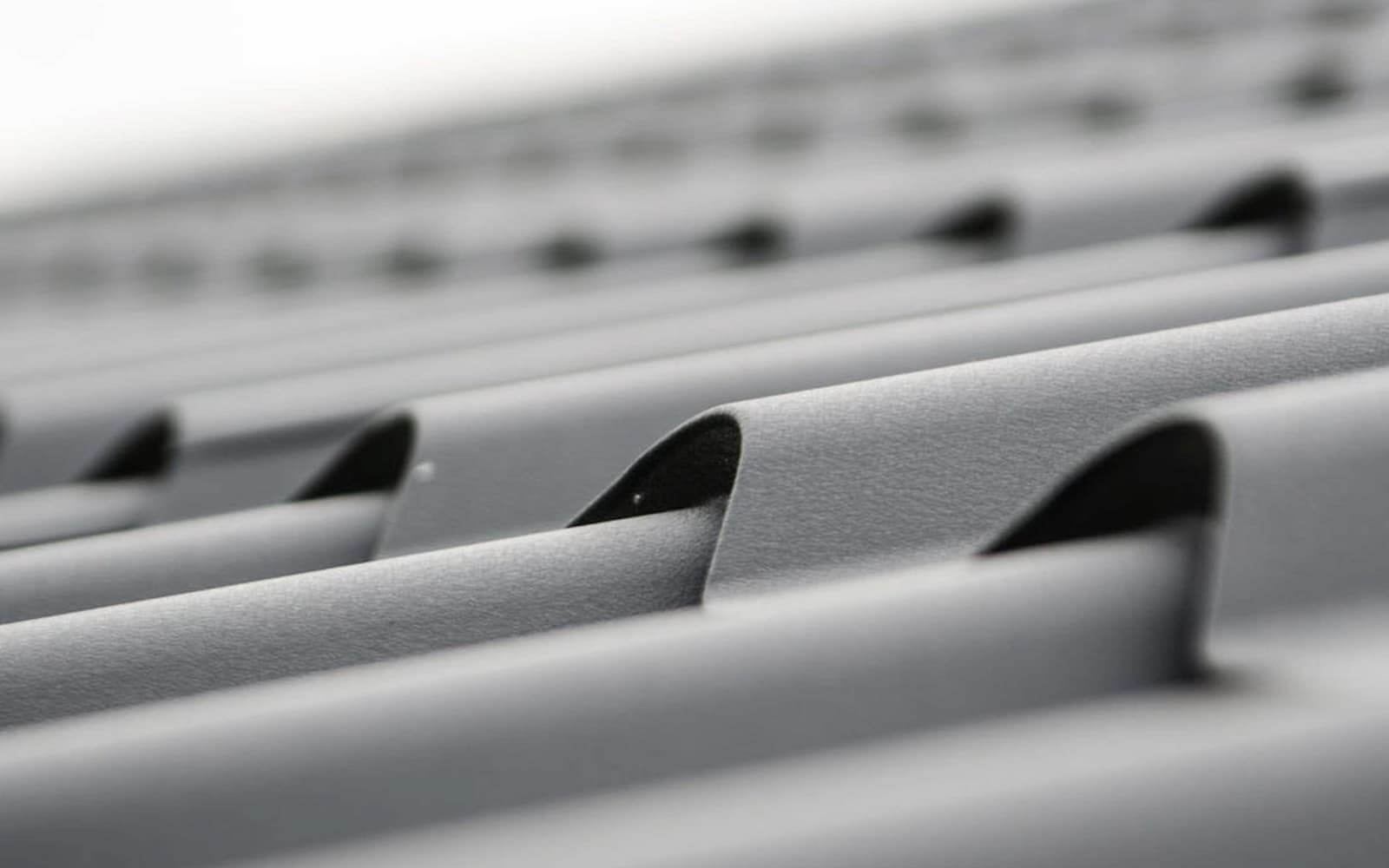
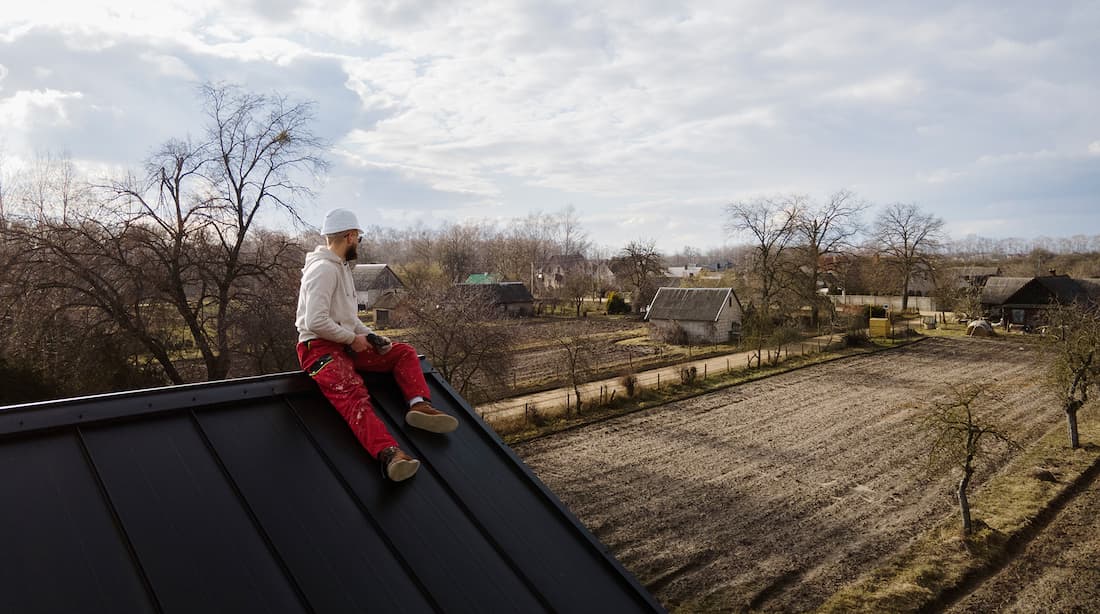
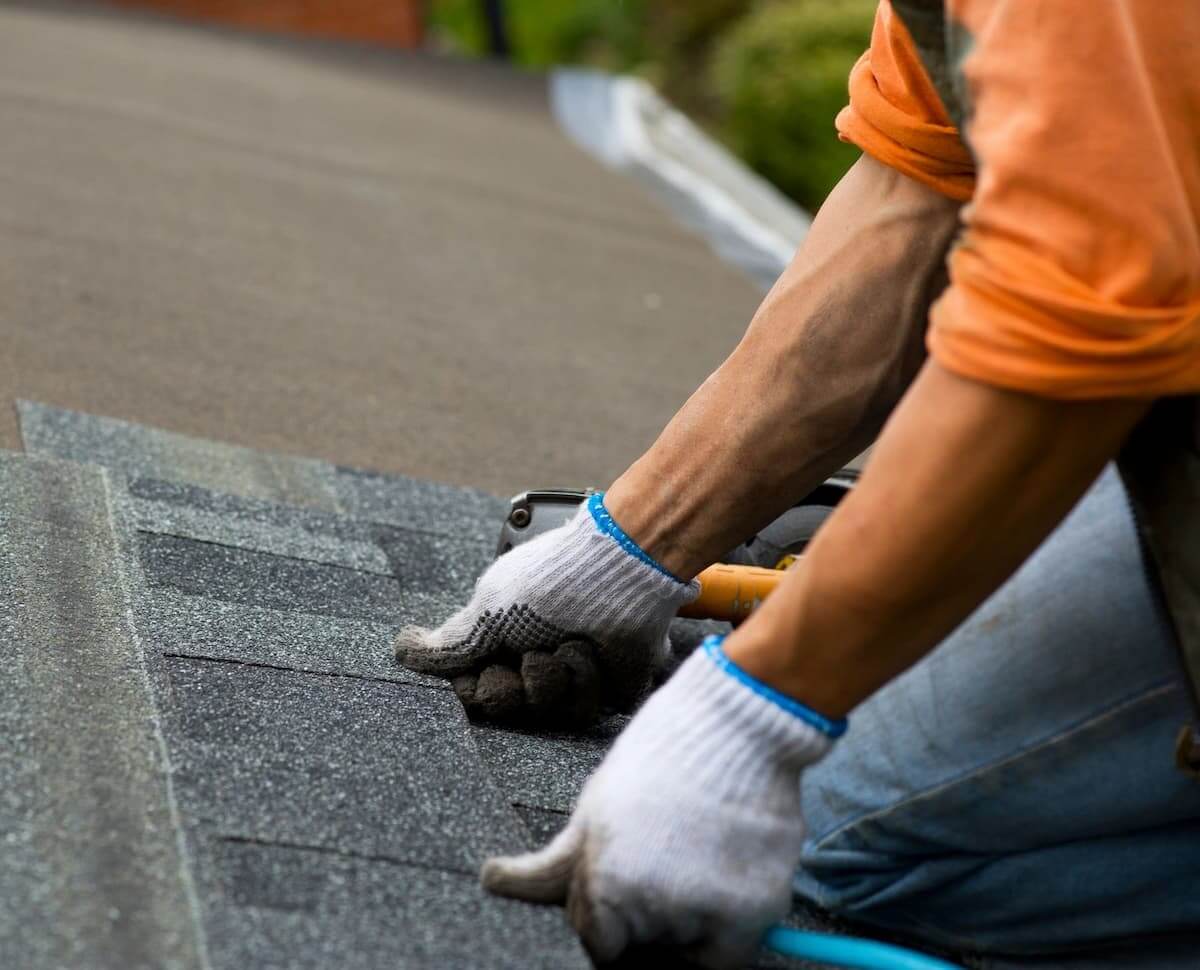
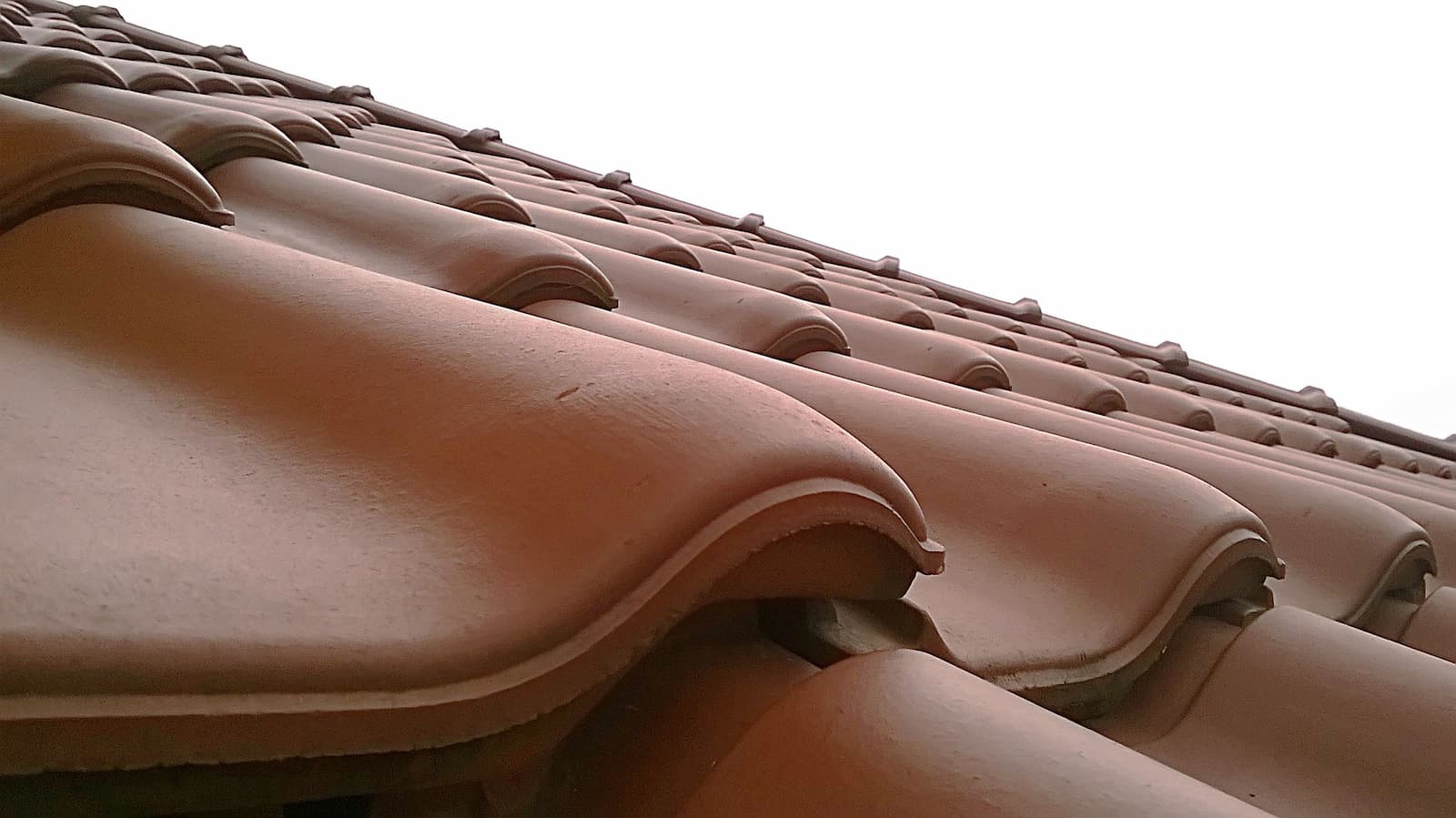
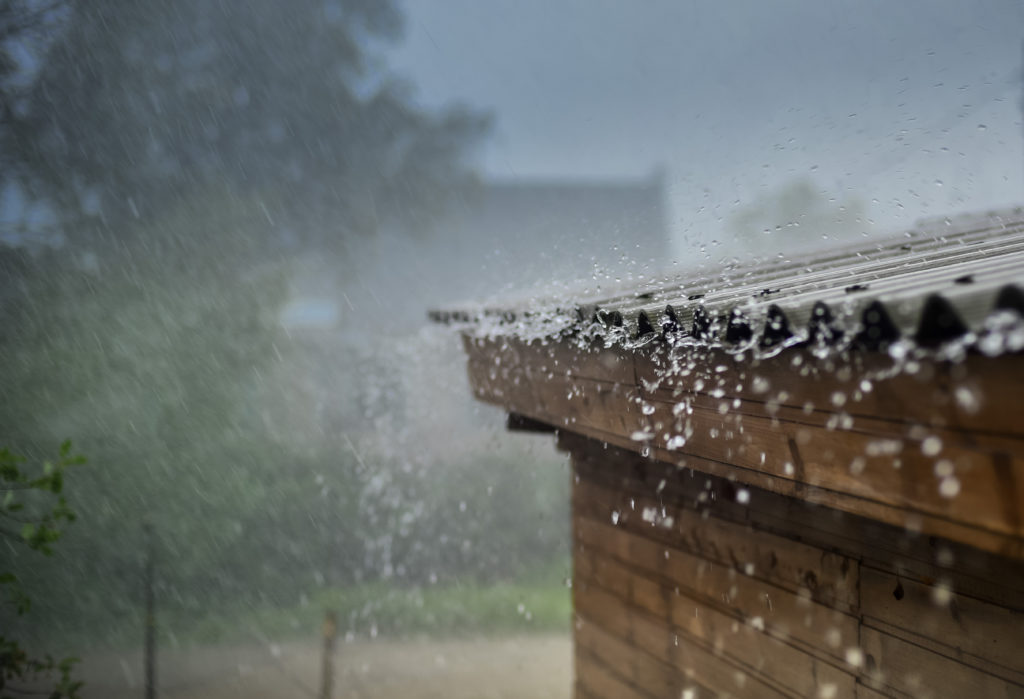
 When Might a Storm Damage Roof Inspection Be Needed?
When Might a Storm Damage Roof Inspection Be Needed?